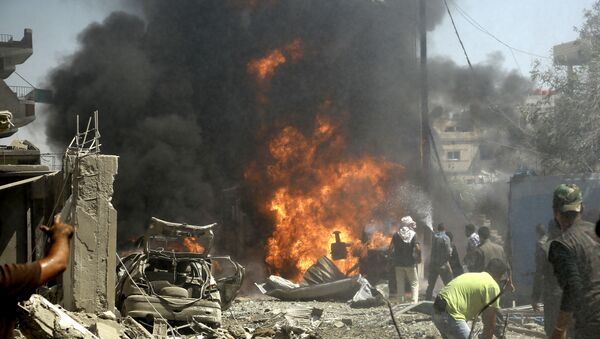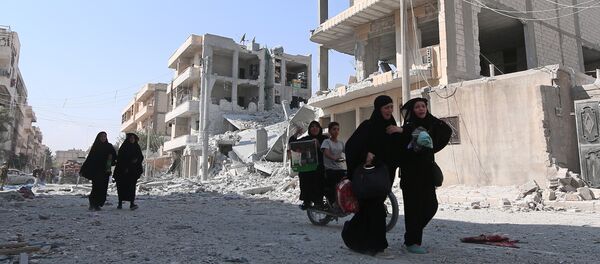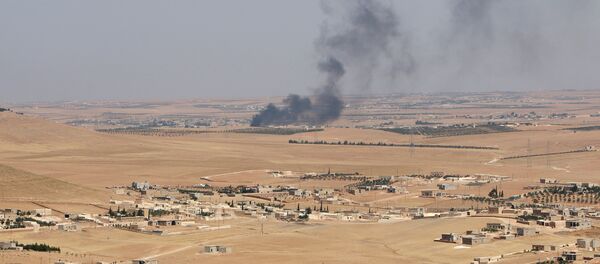During a press briefing on September 9, Lavrov described the agreement as a "significant, practical and concrete" package, comprising five documents that will not be made public since they contain "rather sensitive and serious information." For his part, Kerry referred to the plan as "a more proscriptive and far-reaching approach than we have been able to put together to date."
Agreed! #Lavrov @JohnKerry Joint Press Conference
— MFA Russia (@mfa_russia) 9 сентября 2016 г.
Договорились! Cовместная пресс-конференция C.Лаврова и Дж.Керри pic.twitter.com/ASmcY9em82
This is what Russia and the United States have agreed upon.
The secession of hostilities will be introduced for a 48-hour period at sunset on September 12 and will be reapplied for an additional 48 hours if it holds.
"This requires halting all attacks, including aerial bombardments and any attempts to gain additional territory at the expense of the parties to the cessation. It requires unimpeded and sustained humanitarian access to all of the besieged and the hard-to-reach areas, including Aleppo," Kerry explained.
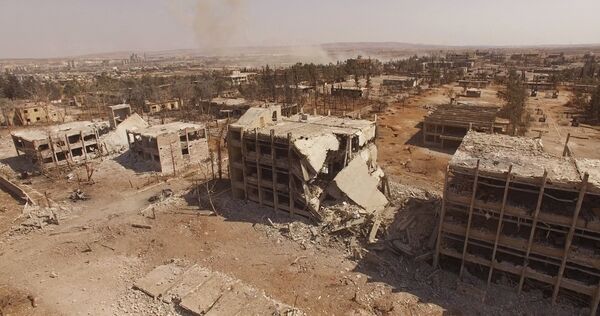
If all stakeholders adhere to the ceasefire for at least seven days, Russia and the United States will move to the second stage.
Remarks by @JohnKerry, #Russia's FM Lavrov & @UN Special Envoy de Mistura today on #Syria →https://t.co/WF1TT8opzF pic.twitter.com/RFqhpKnYiO
— Department of State (@StateDept) 10 сентября 2016 г.
"I want to emphasize these measures can only be implemented effectively if all the parties live up to their obligations," America's top diplomat observed, adding that the agreement is not "based on trust," but rather "on a way of providing oversight and compliance through mutual interest and other things."
This is something that has also been a source of major concern for Moscow. Lavrov warned that "no one can give 100 percent guarantees" that the deal will bring peace to Syria since multiple stakeholders with conflicting agendas are "involved in this puzzle."
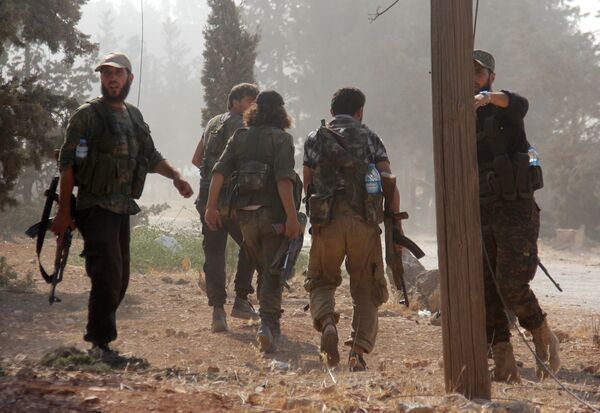
Lavrov mentioned the "physical separation" of terrorists from moderate opposition on the ground as "the key priority."
The agreement, Gazeta.ru observed, "could dramatically alter the Syrian conflict" since it is possible that Russia and the US will "present a united front against terrorists."
Dr. Theodore Karasik, the senior advisor at Gulf State Analytics, warned that the agreement could suffer the same fate that was in store for the first ceasefire deal that came into force in February.
"The situation on the ground is constantly changing. It resembles the Tower of Babel where no one is able to reach any agreement with anyone. This means that any long-term deal could be doomed," he told the newspaper.
This is why both Lavrov and Kerry have repeatedly urged everyone involved to adhere to the plan. If they do, the deal could "reduce violence, ease suffering, and resume movement towards a negotiated peace and a political transition in Syria," as Kerry put it. "We believe that the plan as it is set forth – if implemented, if followed – has the ability to provide a turning point, a moment of change," he added.
